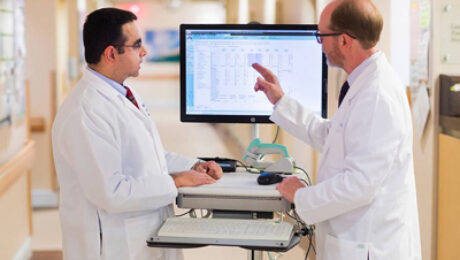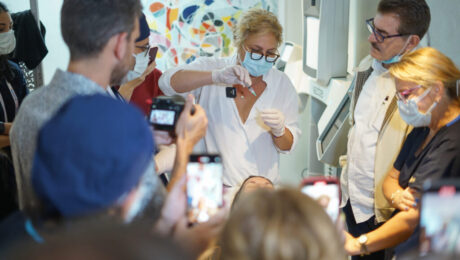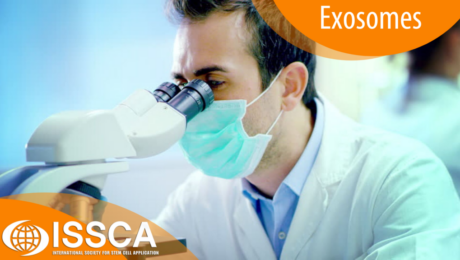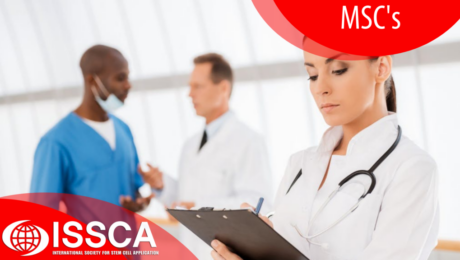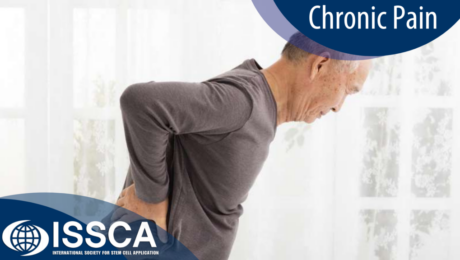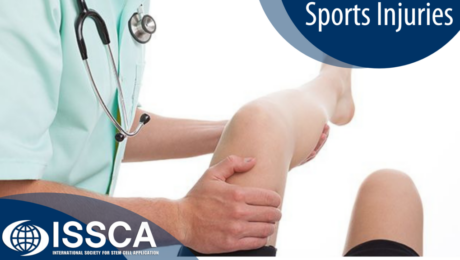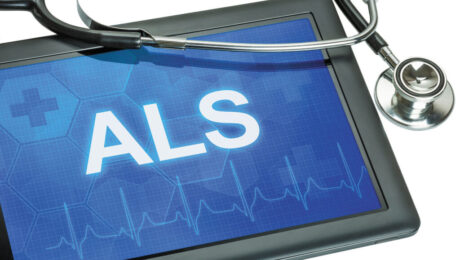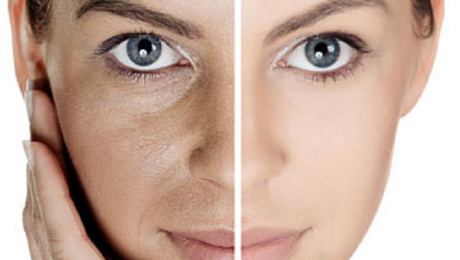Biodistribution, migration and homing of systemically applied mesenchymal stem/stromal cells Abstract Mesenchymal stem/stromal cells (MSCs) are increasingly used as an intravenously applied cellular therapeutic. They were found to be potent in situations such as tissue repair or severe inflammation. Still, data are lacking with regard to the biodistribution of MSCs, their cellular or molecular target
The FDA Vs Stem Cell Treatments In The US Stem cell therapy has become a popular type of treatment for a number of conditions, including to assist in the regeneration of injured tissue or diseases cells in the human body. This therapy is classified as regenerative medicine. Several advancements have already been made in this
One major aims of regenerative medicine is to replace lost tissue with new cellular material or to improve the regeneration of damaged, malfunctioning, diseases tissue and organs using stem cell transplantation. In view of this, the discovery of Extracellular vesicles (EVs) in the twentieth century have being considered as significant factors in inflammation and immune
Over the last decade, cellular therapy has developed quickly at the level of in vitro and in vivo preclinical research and in clinical trials. Thus, one of the types of adult stem cells that have provided a great amount of interest in the field of regenerative medicine due to their unique biological properties is Mesenchymal
Chronic pain. Roughly translated as a condition of persistent misery for people. It is a serious health condition that has both physical and psychological suffering and is often associated with a specific ailment like arthritis, migraine, frozen limb, etc. People who suffer from chronic pain perceive themselves to be in a state of constant agony
As physicians, we are constantly dealing with sports injuries. While they are typically not seen as life-threatening with high chances of recovery, they could potentially cause further problems down the line for the patient. Sports injuries can also take months to heal and getting patients back on their feet can take a lot of time,
Although a rare neurologic condition, Amyotrophic Lateral Sclerosis (ALS) is the most common type of Motor Neuron Disease (MND), a condition that affects the voluntary muscles. This is a progressive disorder that leads to muscle weakness and depletion due to nerve dysfunction. ALS is also called Lou Gehrig’s disease, named after the football player who
One of the treatments that the FDA approved for knee arthritis is a Hyalronic Acid (HA) injection, sometimes also known as Viscosupplementation. It has been incredibly successful for knee arthritis. In fact, so successful that many physicians are starting to use it on other parts of the body, like the hip and shoulder, which the
Despite what the name may imply, not all people who suffer from Tennis Elbow even play tennis. In fact, most of them aren’t. Many of them can be painters, butchers, plumbers, carpenters, and even much any career which can overuse the muscles in the forearm. This can cause the tendons elbow to become painful and



